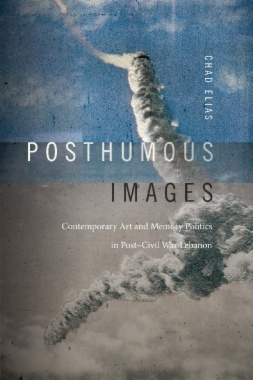For almost two decades of its history (1975-90), Lebanon was besieged by sectarian fighting, foreign invasions, and complicated proxy wars. In Posthumous Images, Chad Elias analyzes a generation of contemporary artists who have sought, in different ways, to interrogate the contested memory of those years of civil strife and political upheaval. In their films, photography, architectural projects, and multimedia performances, these artists appropriate existing images to challenge divisive and violent political discourses. They also create new images that make visible individuals and communities that have been effectively silenced, rendered invisible, or denied political representation. As Elias demonstrates, these practices serve to productively unsettle the distinctions between past and present, the dead and the living, official history and popular memory. In Lebanon, the field of contemporary art is shown to be critical to remembering the past and reimagining the future in a nation haunted by a violent and unresolved war.
- Cover
- Contents
- List of Illustrations����������������������������
- Acknowledgments����������������������
- Introduction�������������������
- One. Captive Subjects: On the Geopolitics of Sex and Translation in Walid Raad’s Hostage: The Bachar Tapes
- Two. Resistance, Video Martyrdom, and the Afterlife of the Lebanese Left
- Three. Latent Images, Buried Bodies: Mourning Lebanon’s Disappeared
- Four. Suspended Spaces: The Void and the Monument in Post–Civil War Beirut
- Five. Images of Futures Past: The Lebanese Rocket Society
- Coda. Time Bomb
- Notes
- Bibliography�������������������
- Index������������

